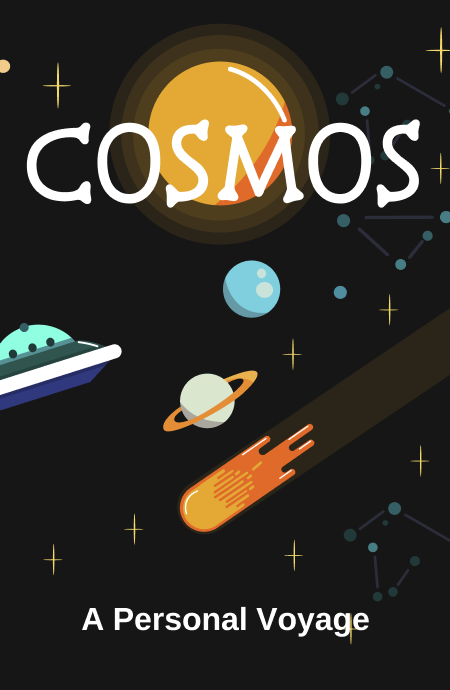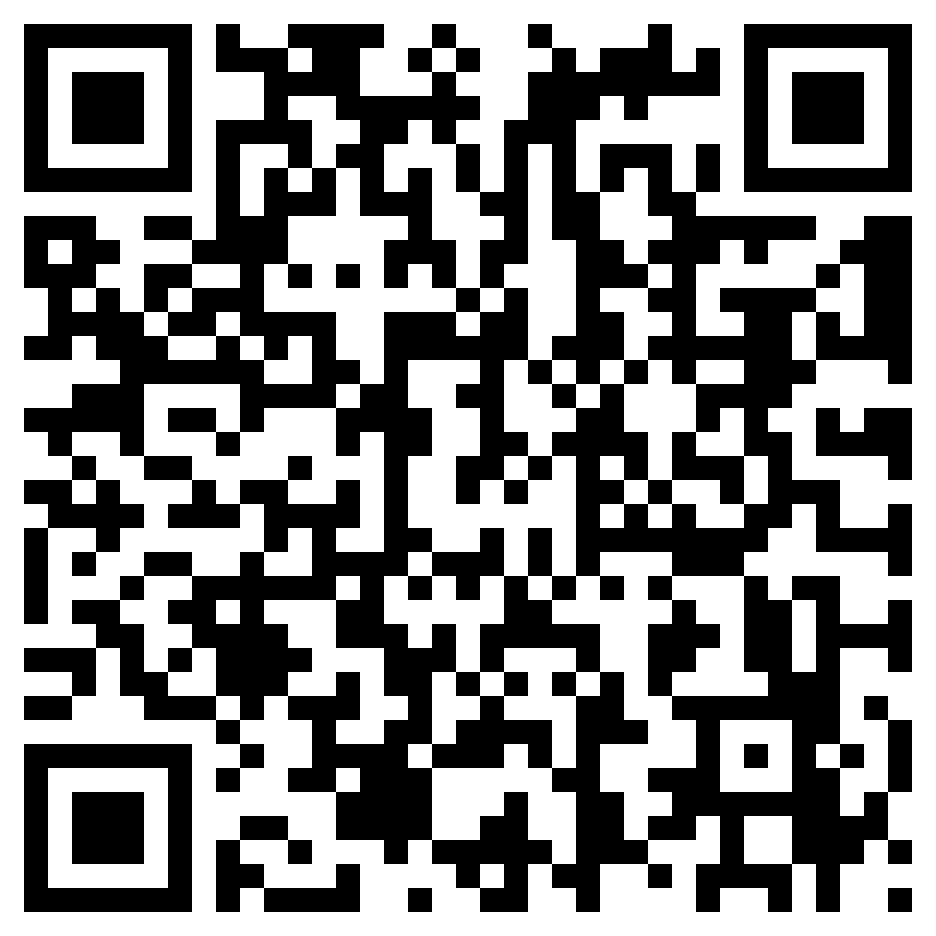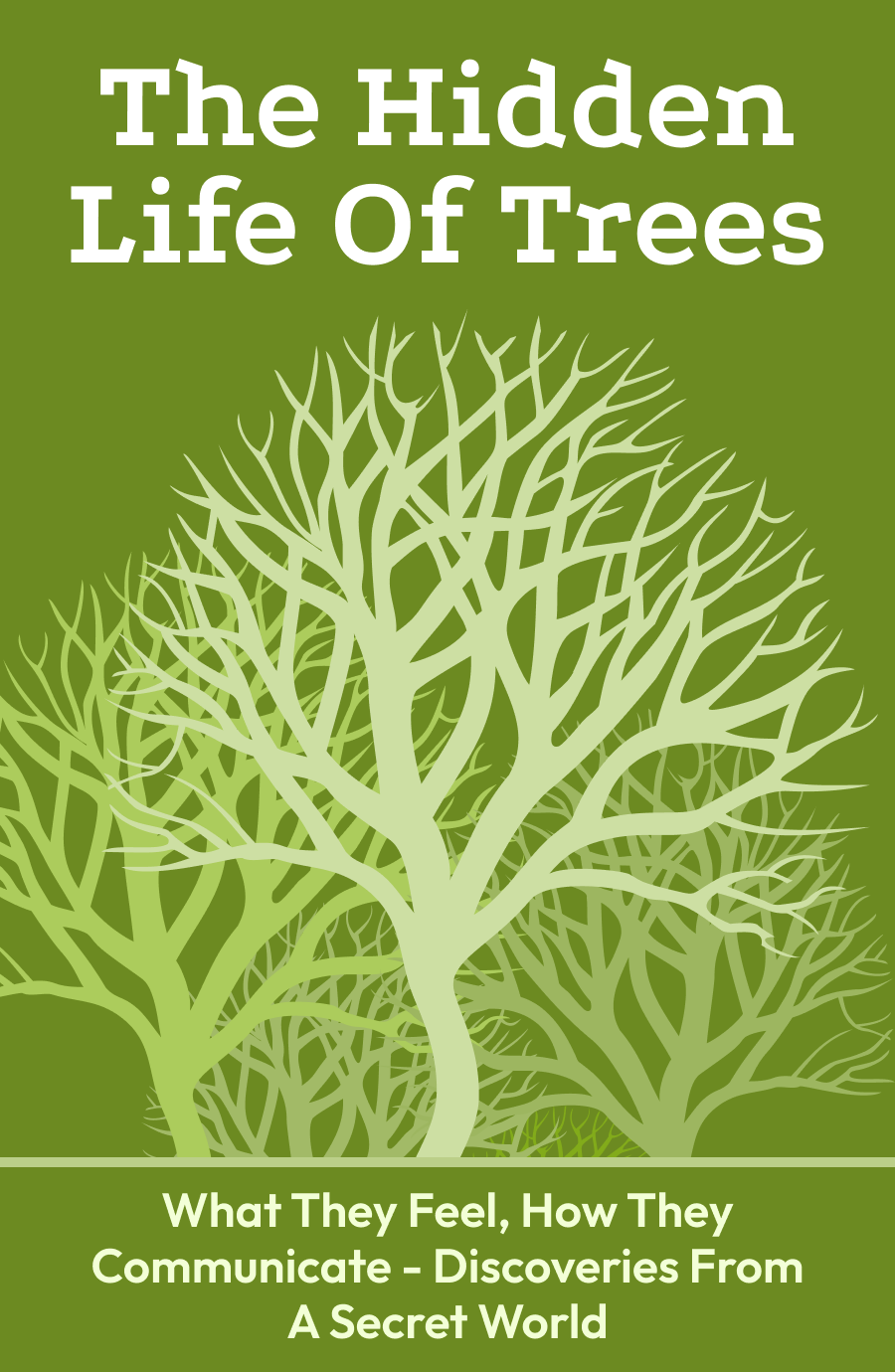Lesson 1. Earth Is Small.
Humans, for the better part of history, have always been confined within the boundaries of the earth. For humans, everything is, literally our world. It is all that we consider around us. However, when we compare the earth to the universe, we realize that it is just a speck of dust. This comparison is quite overwhelming. This is because the size of the cosmos, or the universe, is beyond our measure. The universe is so big that we had to come up with a specific unit of measurement based on the speed of light.
As we know, light is the fastest thing in the entire world. In just a second, it travels 186,000 miles, which is roughly 300,000 kilometers. If we convert it into easier terms, it is equivalent to seven times around the earth. We often look at the night sky and think about the little balls of gas. Are those kings and queens from ancient times, or are they gigantic balls of gas existing in the cosmos? When the scientists talk about the cosmos, they use a unit called ‘light-years’. A ‘light year’ is the distance light travels in an entire year. To make it relatable, it is about six trillion miles or ten trillion kilometers. It is known that the cosmos contains about a hundred billion galaxies within. To make it more remarkable, within each galaxy, there are about a hundred billion stars and a hundred billion planets.
If we do the math, we will realize that the earth is a terribly insignificant part of the cosmos. Earth is not as unknown to humans as it was a few thousand years ago. Humans are aware of the physical structure of the earth. Two thousand years ago, scientists were already curious about the nature of the earth. They also concluded that the earth was neither flat nor indefinite.
Eratosthenes, the director of the popular great library of Alexandria in Egypt, figured out that the earth was a sphere and not a flat surface. He experimented by placing a stick on the ground when the sun was at its highest point in the sky. He observed that there was a shadow on the ground. Through this experiment, he concluded that the earth was indeed curved and not flat. He figured if the earth was flat, the sticks would not have a shadow either way during a particular time of the day. He even used the length of the shadows to calculate the circumference of the earth.
Lesson 2. The Human Curiosity About Stars And Planets.
<span
Unlock Knowledge with Wizdom App
Explore a world of insights and wisdom at your fingertips with the Wizdom app.
 1 Million+ App Download
1 Million+ App Download  4.9App Store Rating
4.9App Store Rating 5000+Summaries & Podcasts
5000+Summaries & Podcasts









